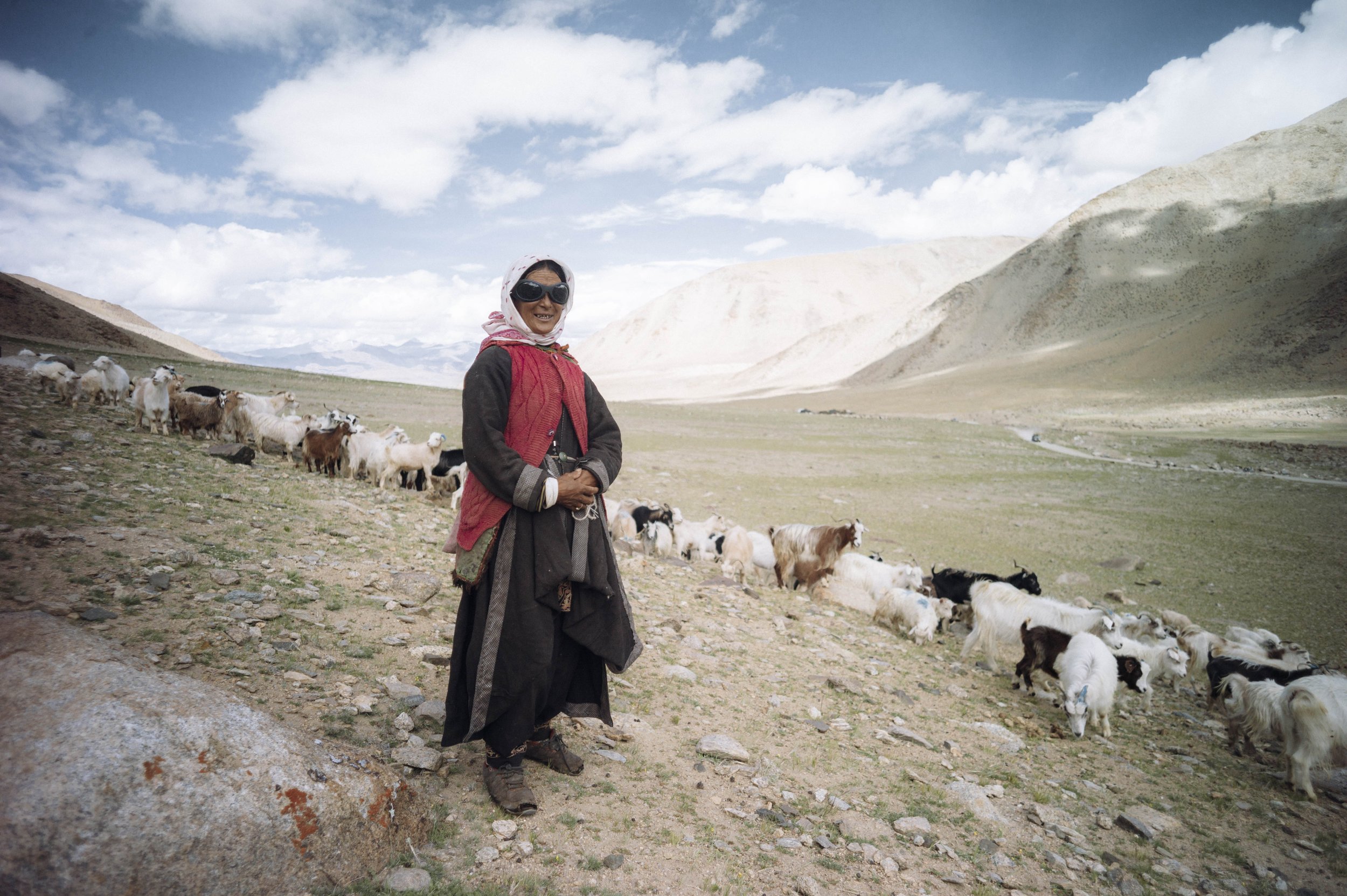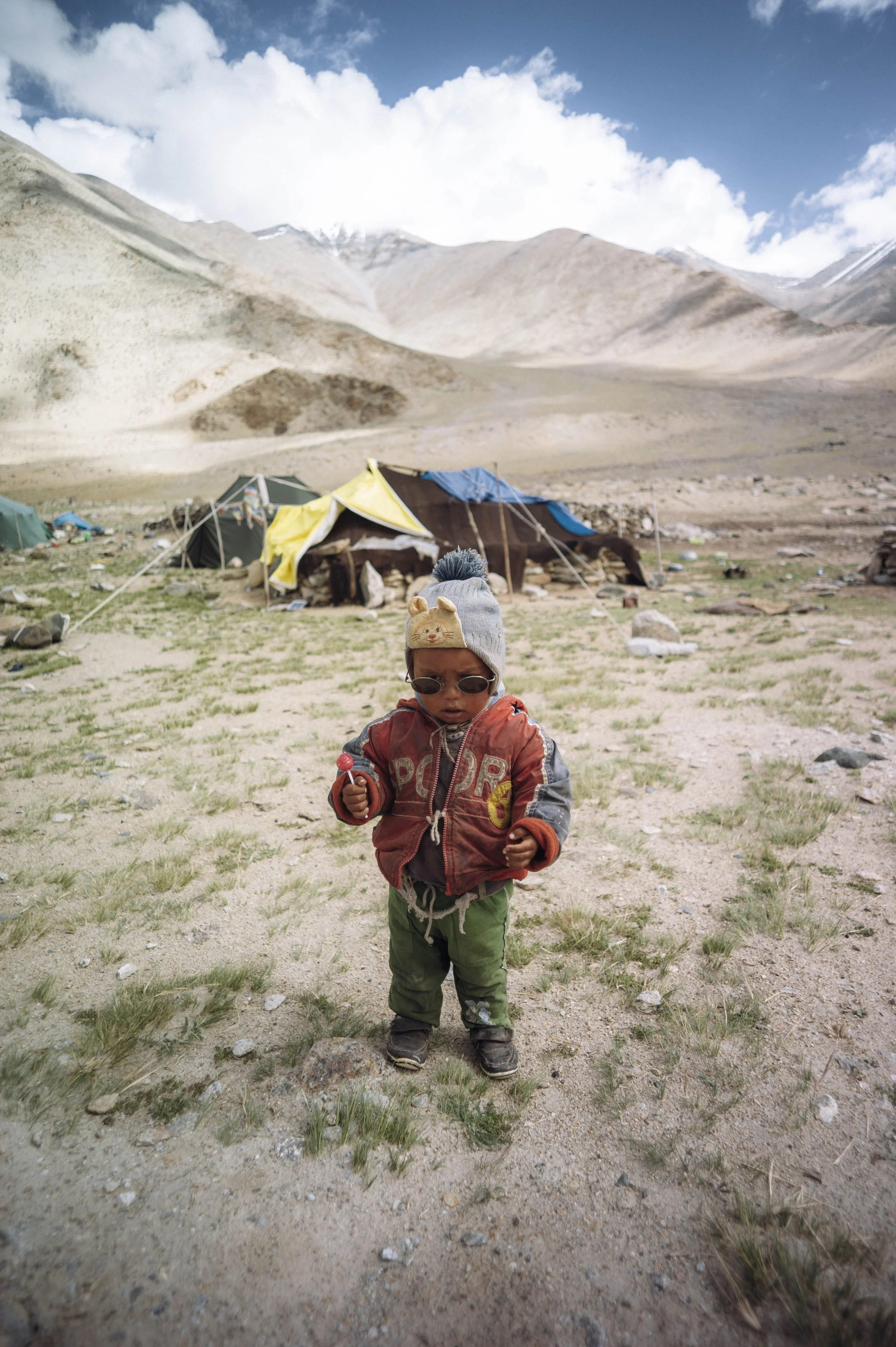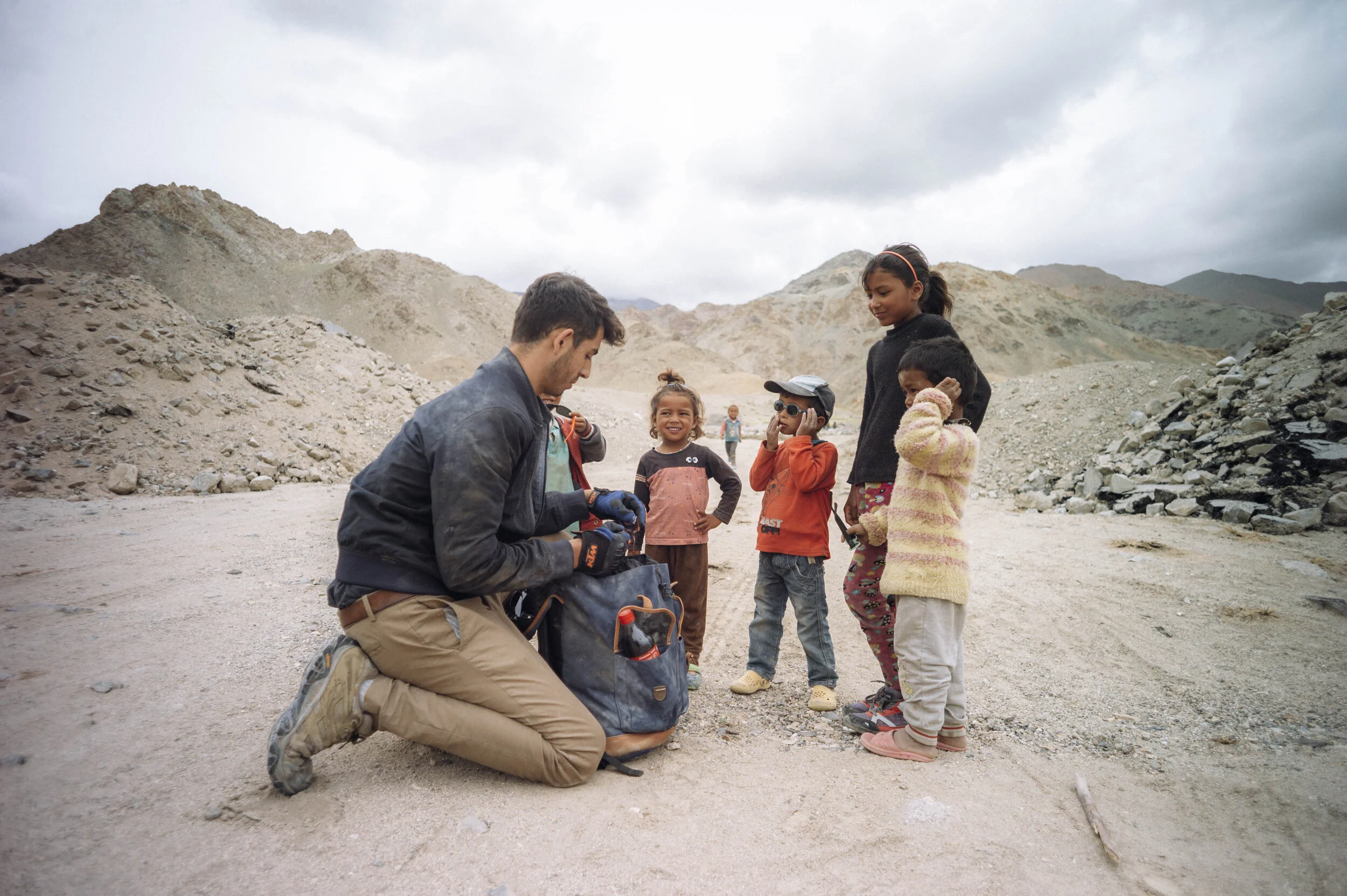
SHADES OF LOVE
A WORLD LEADING ORGANSATION FOR EYECARE
We collect sunglasses worldwide and distribute them in remote high-altitude regions to prevent widespread eye diseases.
We also organise mobile medical camps providing free of charge eye surgeries to make people see again.
In remote mountain regions such as the Himalayas and Andes, up to 80% of the population suffer from eye diseases, blindness, or ocular cancer in their lifetime—usually without any access to eye care.
In these environments, the sun's ultraviolet rays are far more intense due to thinner atmospheric protection. Adding to the risk, most people spend the majority of their time working and living outdoors. This constant exposure, combined with the reflective surfaces of snow, rock and ice, makes proper eye protection essential—not a luxury, but a necessity.
In many areas, individuals develop debilitating eye diseases well before the age of thirty.
Since 2009, SHADES OF LOVE has distributed hundreds of thousand of shades in Ladakh, Pakistan, Peru, Nepal and beyond.
By combining prevention with accessible treatment, SHADES OF LOVE is restoring vision but also independence, joy and dignity to those living in the most challenging environments.
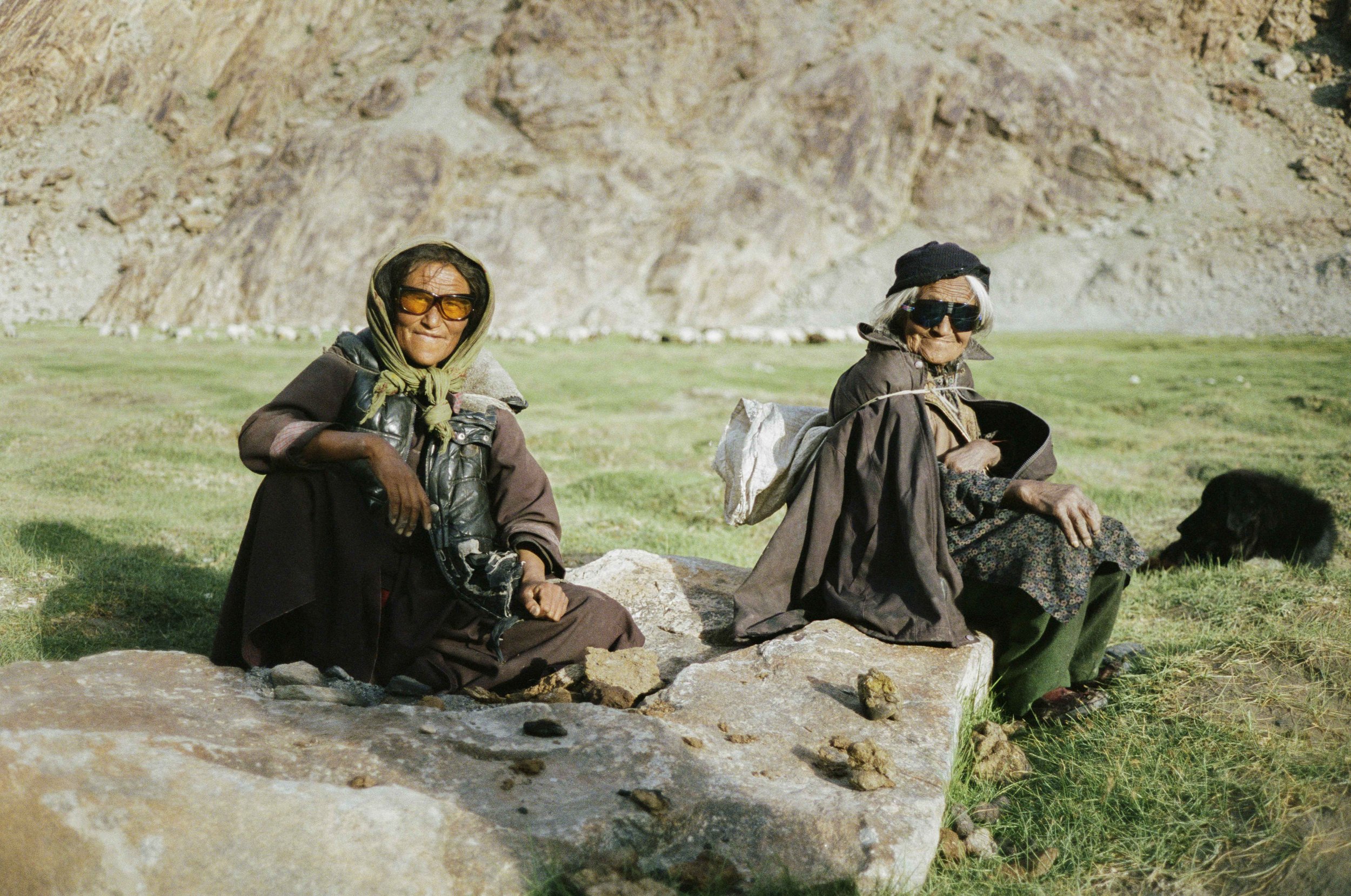
Simple but Important
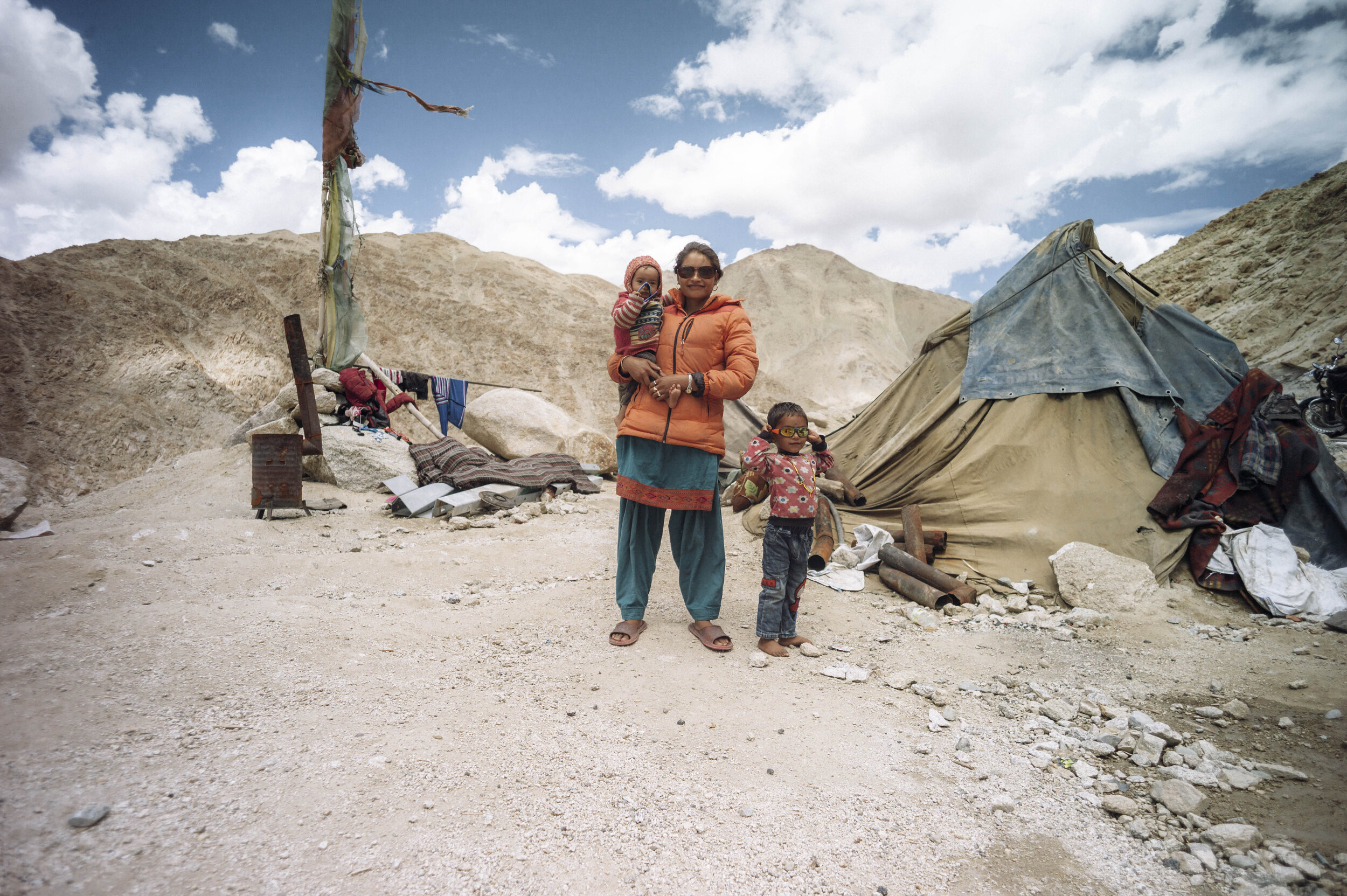
Our Missions
The Himalayan Project
Our Signature project
Since 2009 we are working among the highest peaks in the world to preserve health, culture and economic sufficiency.
The Andean Project
Our Second Project
Since 2017 we are working along the Andes in Peru, Bolivia and Chile.
The Arctic Project
Our NEXT project
Soon we will deploy missions in the Arctic to help communities with photokeratitis.
